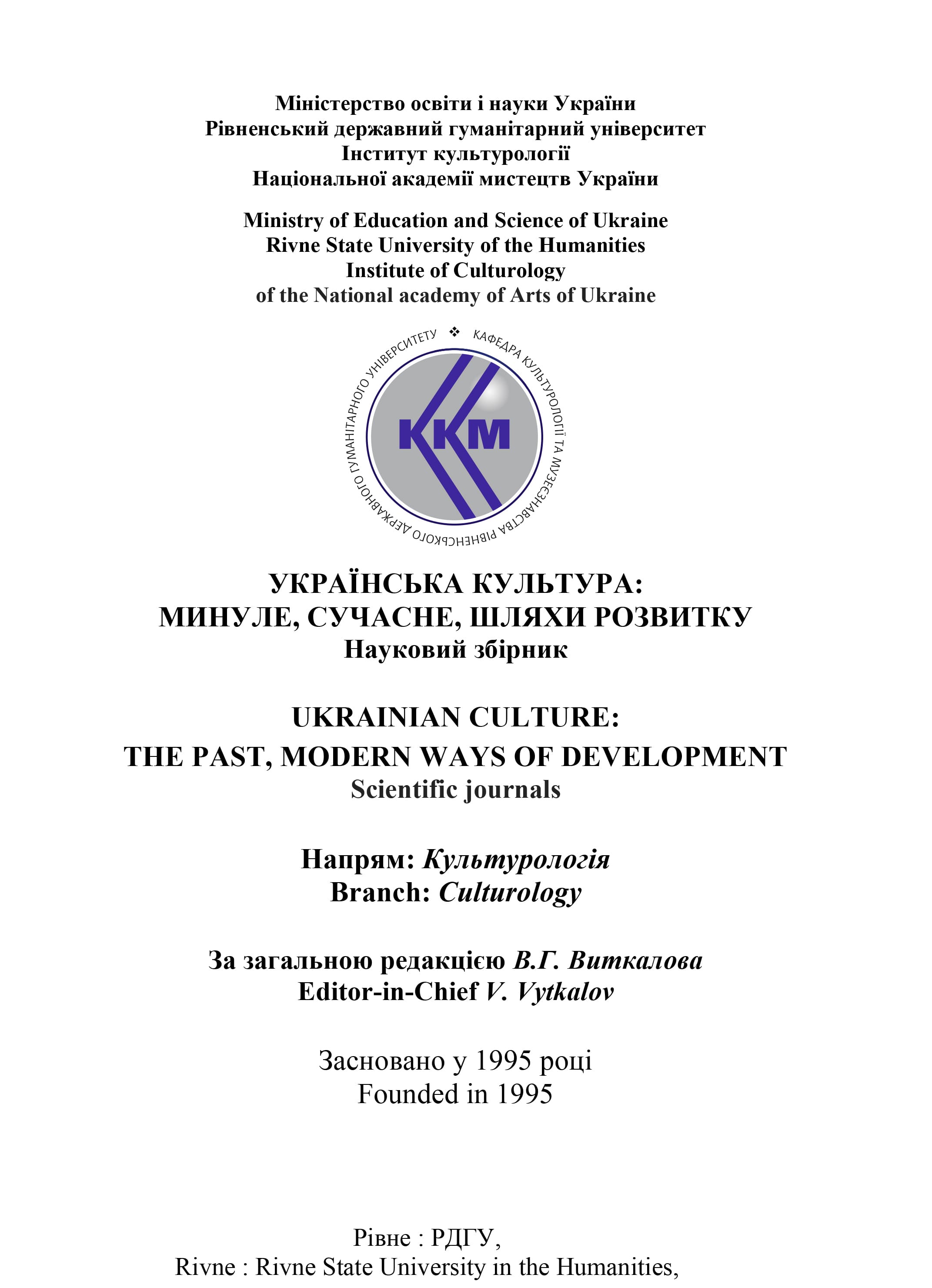THE MODERN MUSEUM AS A SPACE FOR LEARNING: THE EXPERIENCE OF THE MUSEUM OF MODERN ART (MOMA)
DOI:
https://doi.org/10.35619/ucpmk.v39i.500Keywords:
museum, education, practice, art, MOMA, interactive forms, game.Abstract
The aim of study is to reveal the educational potential of modern foreign museum institutions on the example of The Museum of Modern Art (MOMA).The realization of this goal is revealed through a description of the methodological grounds for the formation of such practices and specific examples of its implementation.
Research methodology. Ten major publications on the subject (scientific journal and books) have been reviewed. The obtained information was used to understand the strategies of education in museums.
Results. The operation of modern museums is associated with different activities. These institutions are not only a place for the preservation of artistic artifacts, but also centers in which educational programs are implemented. The practice of conducting interactive classes in museum institutions is widespread in Western Europe and the United States. The example of MOMA's activity reveals the main vectors of modern activities in the museum, which include group forms of interaction with art artifacts, their understanding through the game method, various analytical practices. They can include interesting forms of communication with works of art, enrichment of experience of perception of works of art and activation of the creative beginning. Emphasis is placed on the prospects of the vector of development of The Museum Of Modern Art (MOMA). This institution introduces online courses that reflect the results of current developments, which are implemented in practice by employees of the museum.
Novelty. The experience of museum education, which is embedded in American culture, is outlined. The main methods are presented, which include the application of game and creative principles for learning.
The practical significance. The results of this study may be important for developing the Ukrainian socio-cultural sphere. It requires the involvement of new approaches that will be useful for Ukrainian museums.




